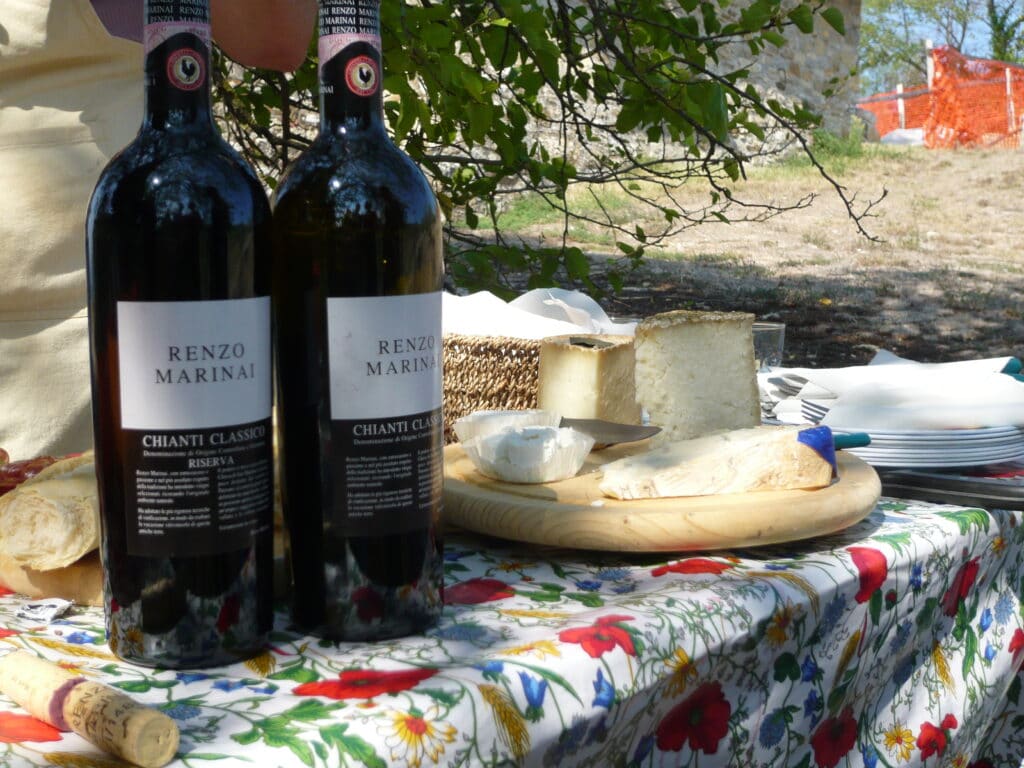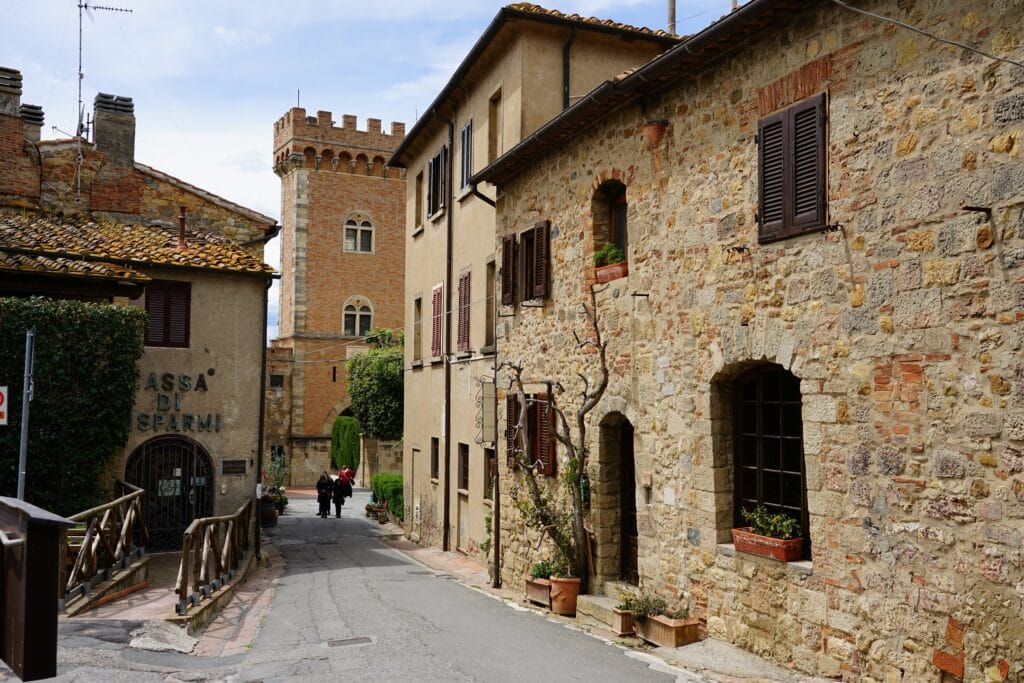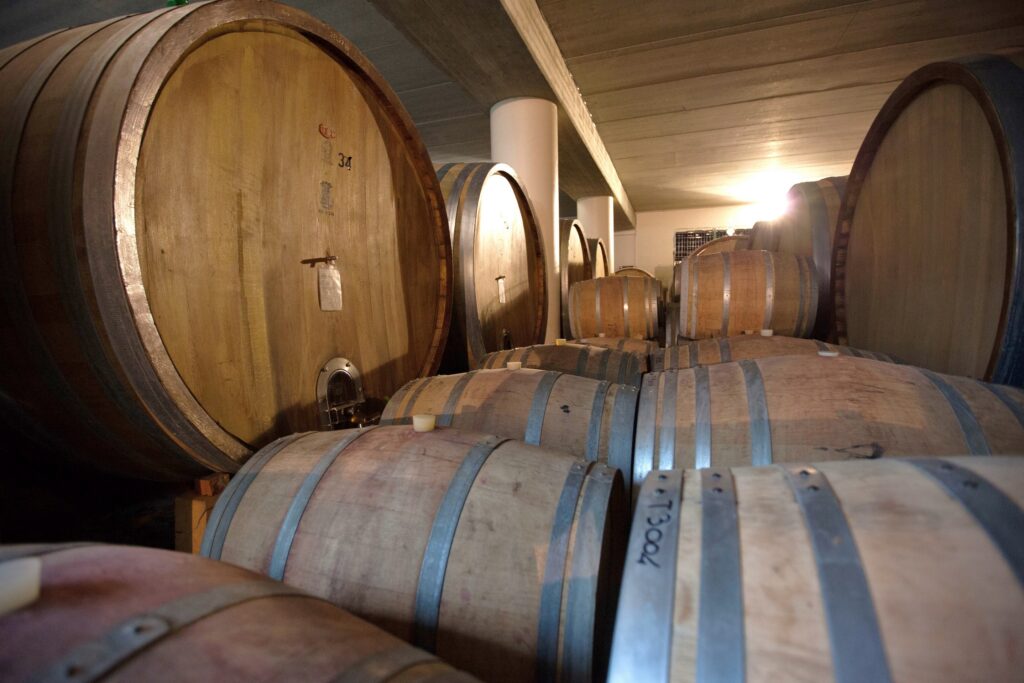
6 Unmissable Italian Regions for Wine Enthusiasts
How much do you know about wine? Can you identify an extravagantly-priced bottle compared to a cheaper one? Or explain why a particular wine paired with a specific dish really enhances your meal? Sometimes we know the answer instinctively, or simply know what we like, but are not entirely sure why!
Embarking on a wine-tasting course is, of course, one way of improving our knowledge but that can feel a little intense. Learning about a region’s wine in its local setting and exploring the cultural and historical context can be a gentler, and more enlightening, alternative. Quite simply, when you combine an interest in wine with exploring different places, suddenly a whole new world opens up.
Given that I spend half my year in Italy, I admit to being completely biased in favor of Italian wine! But in my defense, the country is home to some of the world’s oldest wine-producing regions, and each region has a different story to tell.
So here’s a whistle stop tour, designed to give you a few ideas if you’re interested in a wine related holiday in Italy, or simply to help you when you’re standing in front of the seemingly endless choice of bottles at the local store.
Tuscan Wines
Home to some of Italy’s boldest red wines, Tuscany needs no introduction. The region is best known for its Chianti, and its premium Chianti Classico which is produced in a small area between Florence and Siena.

Quite apart from its superb wine, this area is wonderful walking country – rolling hills, farm trails and picture postcard villages that are home to boutique wine producers and fantastic restaurants. Meanwhile, to the east of Siena, the vineyards of Montalcino and Montepulciano are responsible for some of the region’s most prestigious wines.
The wine producing area of Bolgheri on the Tuscan coast has attracted its fair share of worldwide attention in recent years. Enjoying a unique microclimate which favours Bordeaux grape varieties, the area is famed for its creativity, partially thanks to a change in the country’s wine laws in 1992, and for the rise of the ‘Super Tuscan’ Sassicaia.

We’re already looking forward to our next visit to Bolgheri on a tour which also stops off in the charming towns of Lucca, Volterra and San Gimignano.
Wine and Gastronomy in Piedmont
Anyone with even a passing interest in wine will certainly be familiar with names like Barolo, Barbaresco and Gavi, three DOCG wine from the Piedmont region in the northwest of Italy. Naturally, Barolo, a town set right in the centre of Piedmont’s Langhe hills, or the neighbouring town of La Morra, is an ideal starting points for wine tasting holidays.
Other favourites include Alba and the beautiful old town of Neive which sits in the heart of the wine producing region responsible for Barbera d’Alba, Barbaresco and the bubbly white Moscato d’Asti.

You won’t be surprised to learn that with great wine comes great food – and particularly so in Piedmont, the birthplace of the ‘Slow Food’ movement. This is a region rich in hand-crafted artisan cheeses and precious white truffles, a land of creamy risottos and DOP certified hazelnuts used to produce the finest chocolate.
Aglianico – Italy’s Hidden Gem
It’s always good to discover a local wine that hovers slightly below the radar, and the red wine of Aglianico certainly falls into this category. Made from an ancient grape variety, the full-bodied red wine has achieved the top DOCG classification in two areas of Italy – around Naples in Campania, and in the Basilicata where the grapes grow on the slopes of the extinct Vulture volcano.
In the latter, the DOCG classification demands that the wine is made with 100% Aglianico grapes with no other blending.
The White Wines of Collio
Head for the undiscovered region of Friuli Venezia Giulia, which borders Slovenia and Austria in the northeast of Italy, and quite apart from the excellent vineyards of the Collio hills, you’ll find Unesco World Heritage sites, magnificent landscapes and a fascinating cross border culture.
The area is best known for its white wines – indeed wines from the Collio region are considered to be amongst Italy’s finest – although there are also some interesting reds. Enjoy memorable days that combine hiking with wine-tasting, accompanied by tempting platters of local ham and cheeses, at a selection of local cantine.
On our Slovenia and Friuli tour, we visit wineries on both the Italian and the Slovene side of the border where wine production has been a family tradition for many years.
The Wines of the Alto Adige
The wines from Italy’s most northern region are often overlooked but in fact the wine produced from the vineyards that carpet the sunny foothills of the Dolomites is truly excellent. Schiava (Vernatsch) and Lagrein are tasty, native red grape varieties while amongst the white wines, the delicate Pinot Bianco and superb Pinot Grigio are considered to be amongst the best in Italy.
Bolzano, the capital of Alto Adige is a melting pot of Italian and German cultures so expect to find beer halls along the cobblestone streets, but the city is also a good base for exploring the Strada del Vino at the heart of South Tyrolean wine production.
Sicilian Wine
And from Italy’s most northerly point, to its most southerly, Sicily. With its sun-baked volcanic soil and a wine-producing history that dates back to the Greeks, Sicily’s wine growing tradition extends from Palermo in the north west of the island, to the Val di Noto in the south east.

While in the past, Sicilian producers opted for higher yields, the 1980’s brought improvements in winemaking and innovative experimental techniques from wine enthusiasts who have completely changed the wine landscape by focusing on quality, sustainability and the island’s indigenous grapes.
Note: Images are courtesy of Hedonistic Hiking.
How much do you know about Italian wine? Have you ever been on a wine-tasting course or holiday? Would you recommend it?






